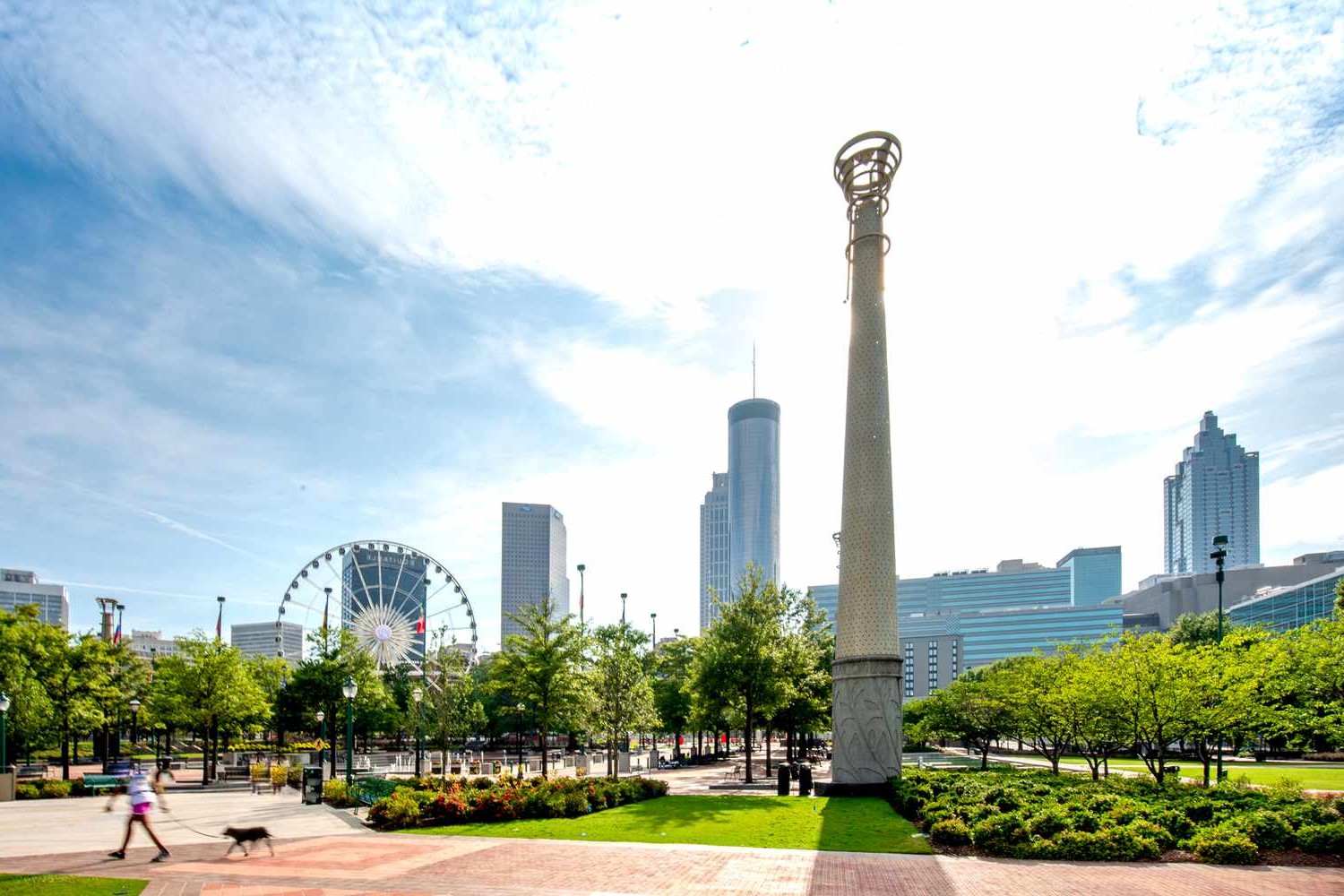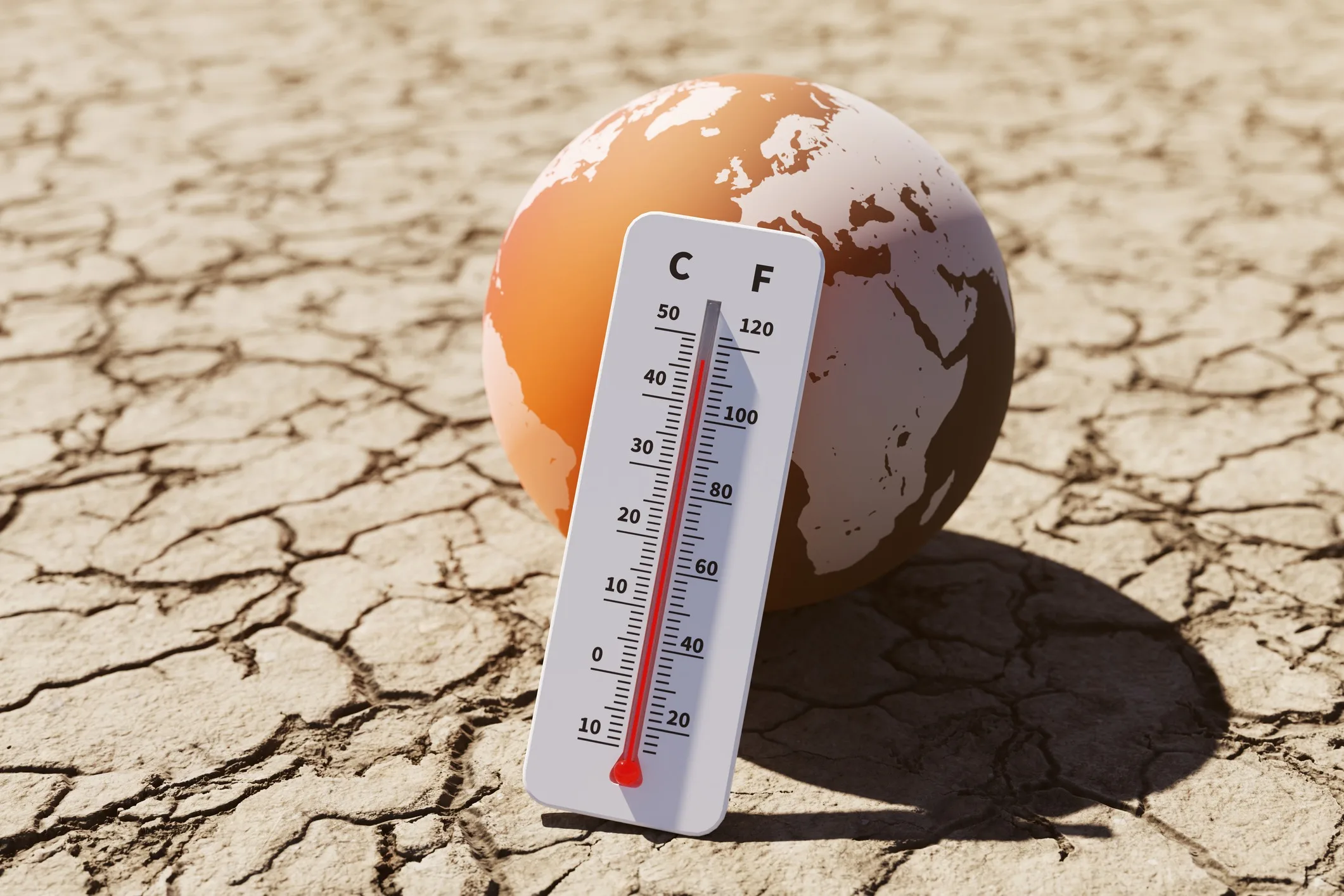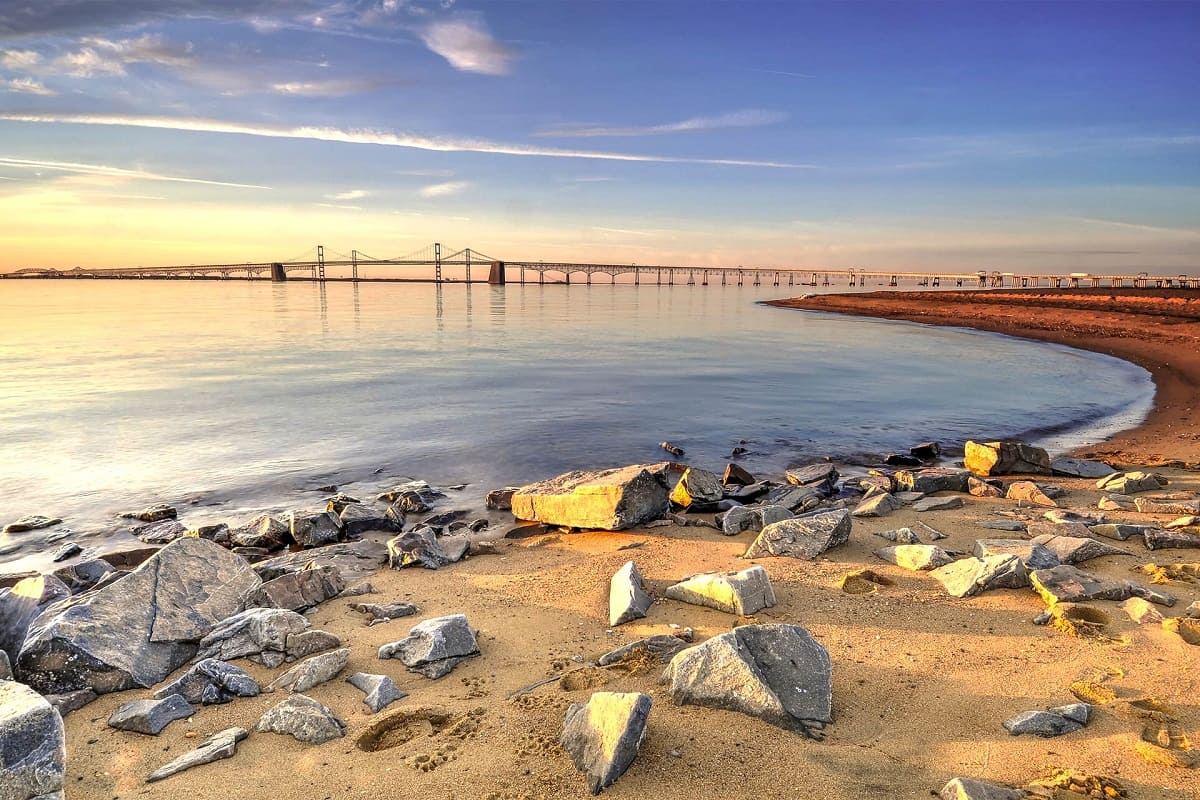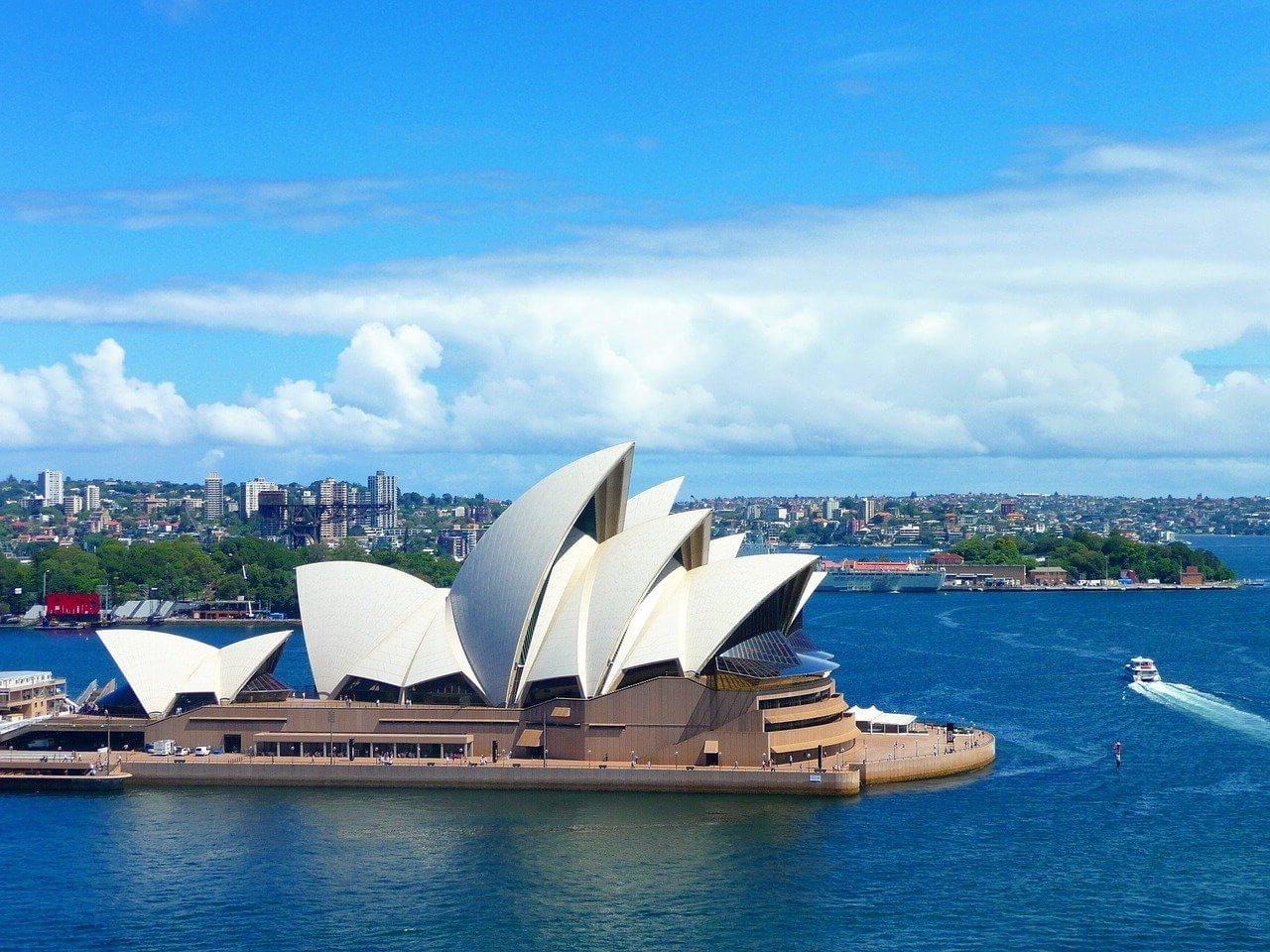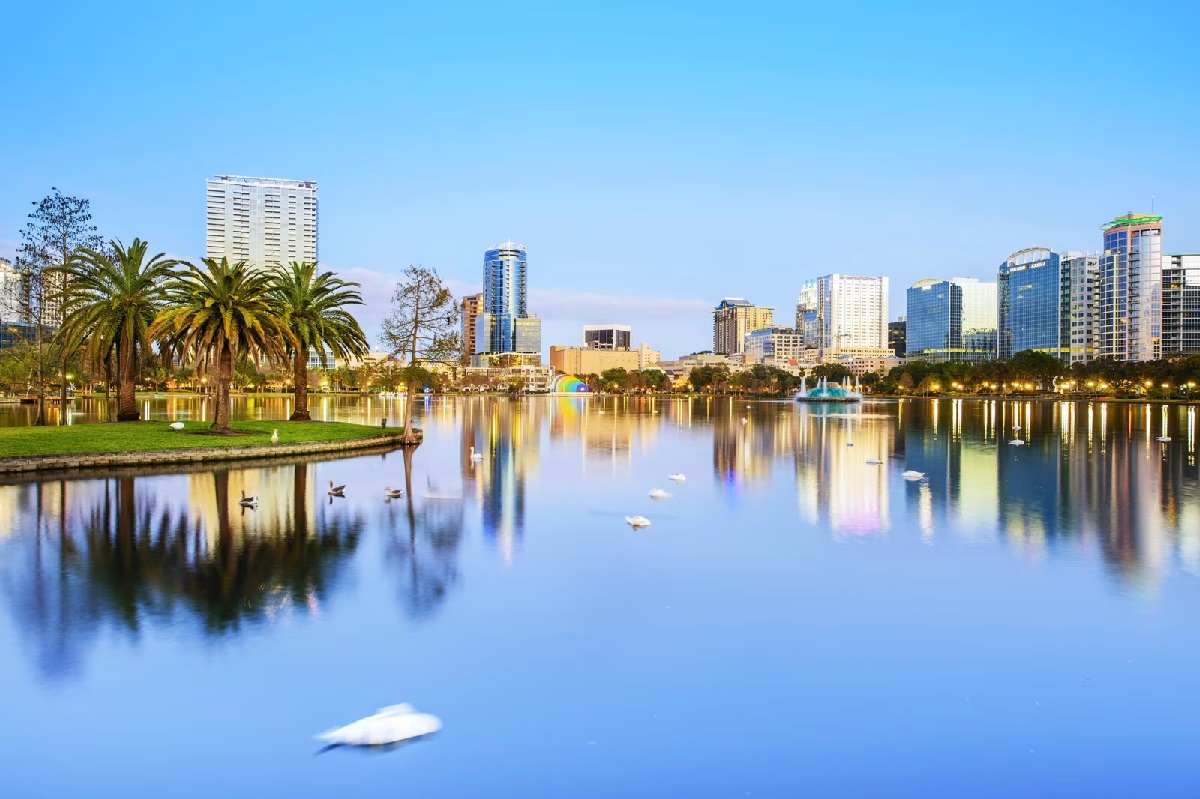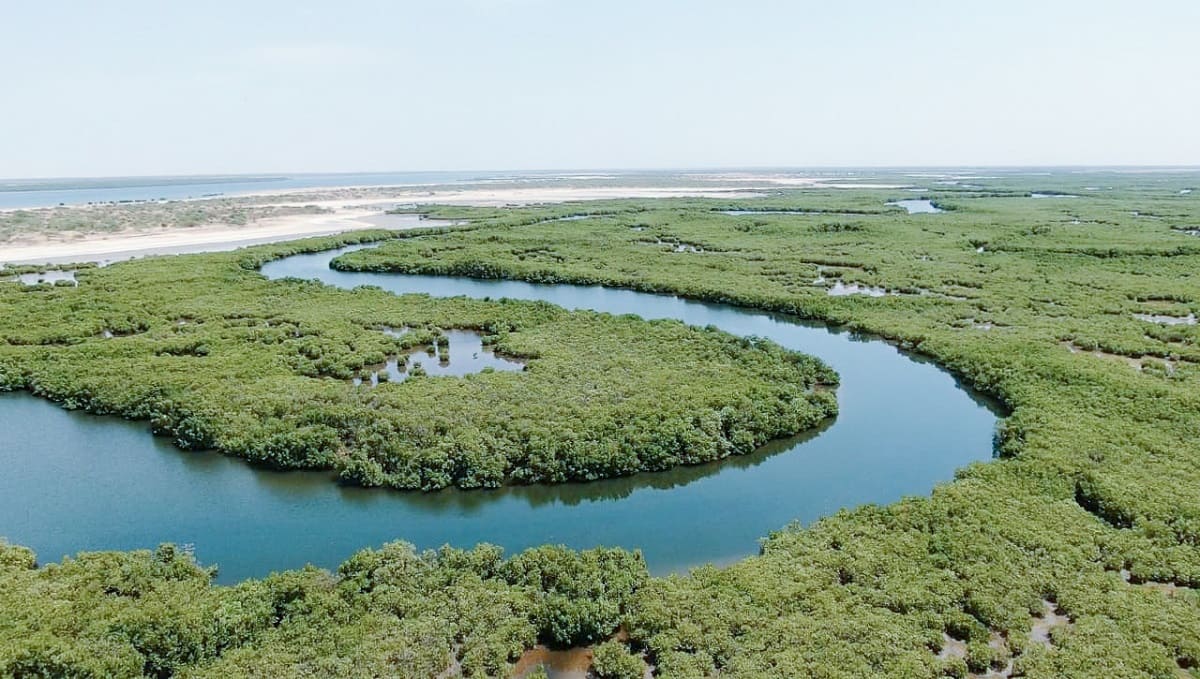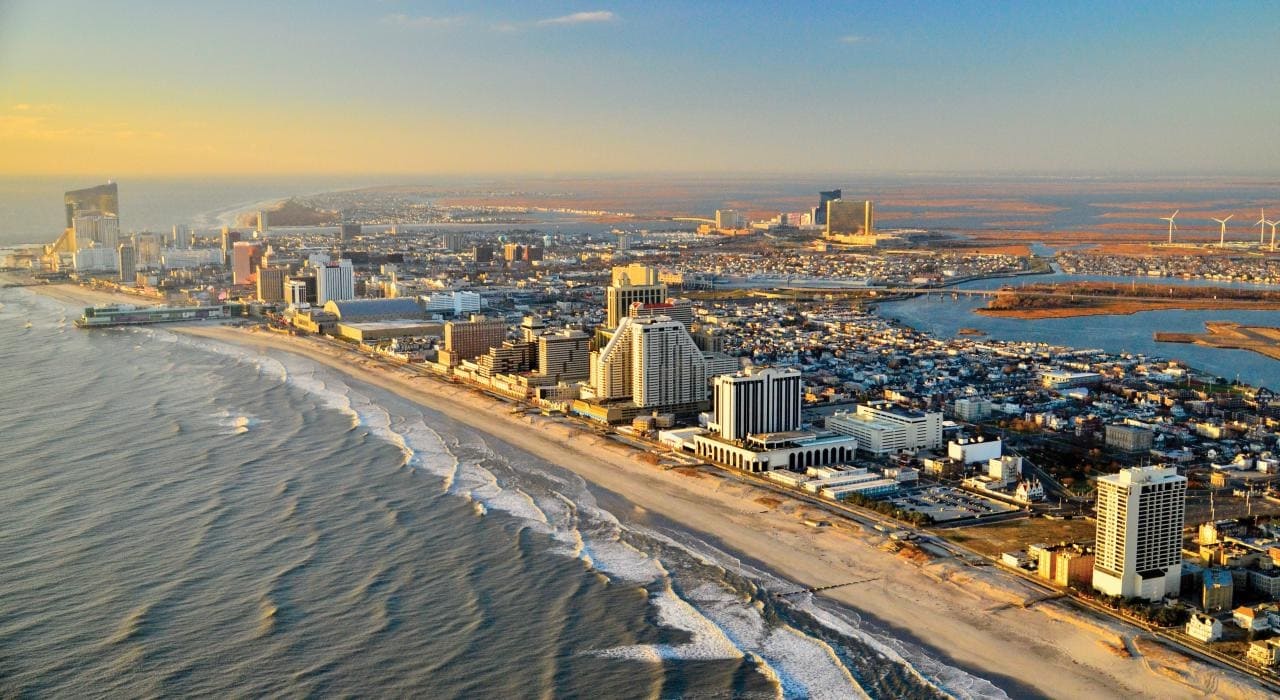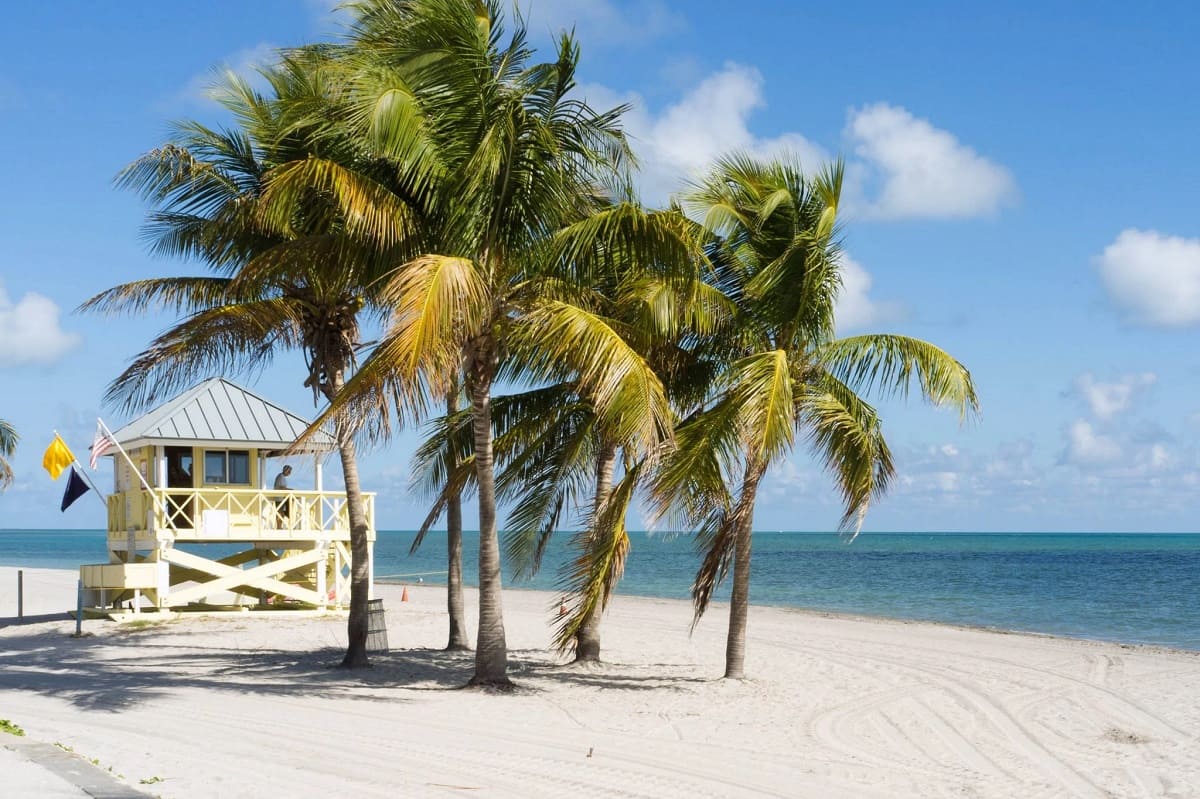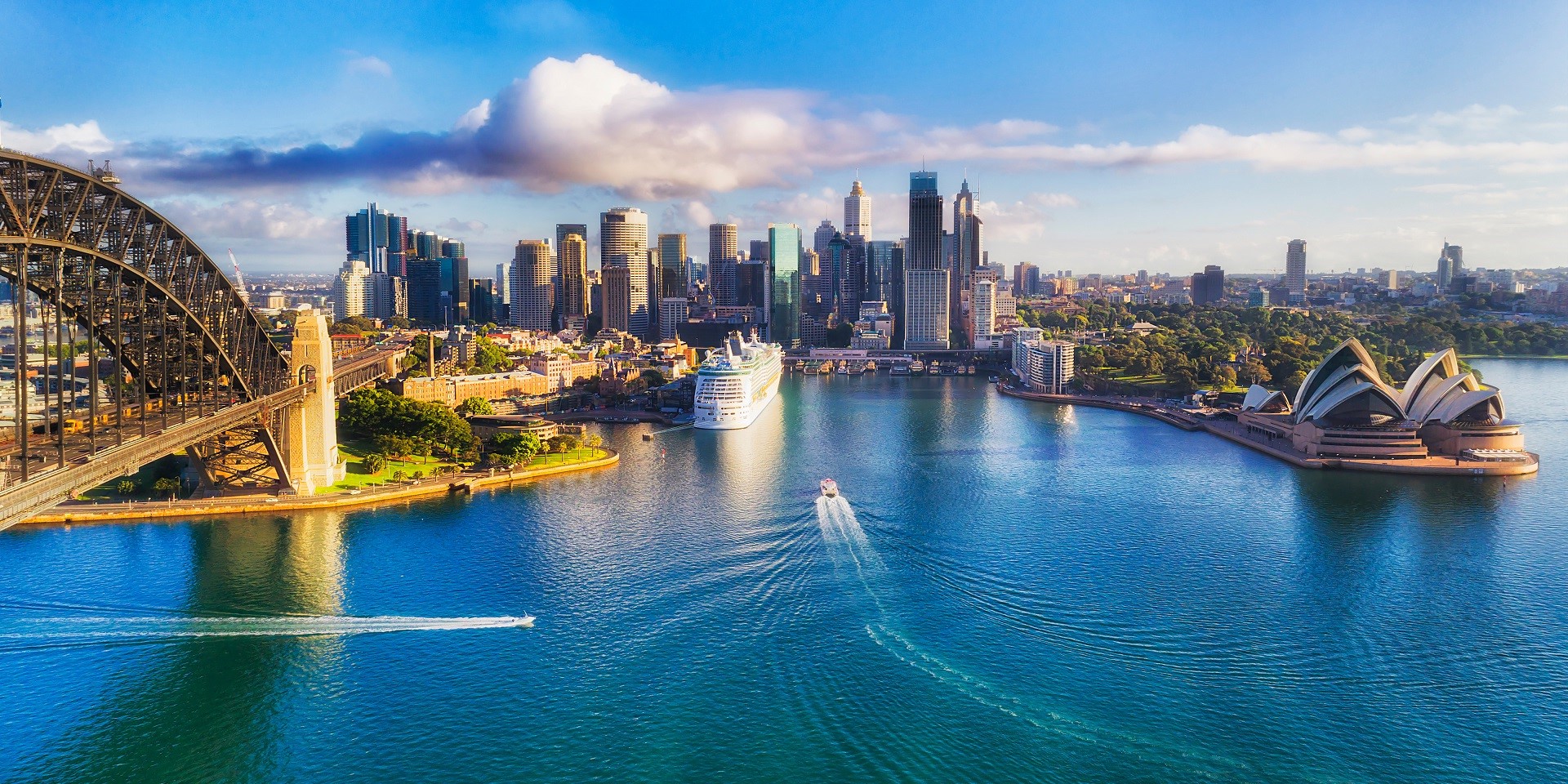Home>Weather and Climate>Barrow, Alaska Temperature: A Comprehensive Guide To Weather In Barrow
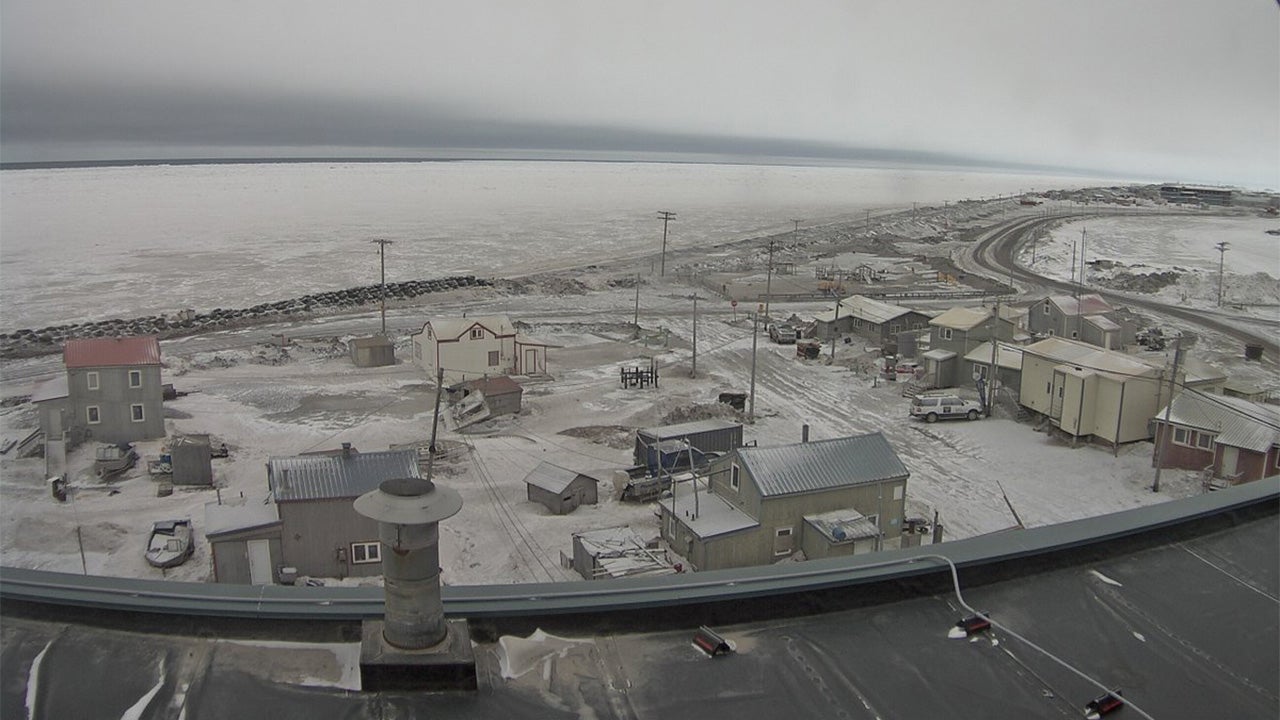

Weather and Climate
Barrow, Alaska Temperature: A Comprehensive Guide To Weather In Barrow
Published: March 3, 2024
Discover the latest weather and climate information for Barrow, Alaska, including temperature trends and comprehensive weather guides. Plan your trip with confidence!
(Many of the links in this article redirect to a specific reviewed product. Your purchase of these products through affiliate links helps to generate commission for Temperatures.com, at no extra cost. Learn more)
Table of Contents
Introduction
Barrow, Alaska, known as Utqiaġvik in Iñupiaq, is a unique and captivating destination renowned for its fascinating weather and climate. Situated at the northernmost tip of Alaska, Barrow experiences a climate unlike any other, characterized by extreme temperatures and distinct seasonal variations. Understanding the weather patterns and temperature fluctuations in Barrow is essential for residents and visitors alike, as it directly impacts daily life, outdoor activities, and travel plans.
In this comprehensive guide, we will delve into the intricate details of Barrow's climate, providing valuable insights into the average monthly temperatures, seasonal weather patterns, and extreme weather events that shape the region. Additionally, we will explore the factors influencing Barrow's temperature, offering a deeper understanding of the environmental dynamics at play. Whether you're a weather enthusiast, a prospective traveler, or a resident seeking to better comprehend the local climate, this guide will serve as an invaluable resource for unraveling the mysteries of Barrow's temperature fluctuations.
Join us on a journey through the unique climate of Barrow, Alaska, as we uncover the nuances of its weather patterns and gain a deeper appreciation for the awe-inspiring forces that shape this remarkable region.
Understanding Barrow's Climate
Barrow, Alaska, boasts a climate that is as intriguing as it is extreme. Situated within the Arctic Circle, this remote town experiences a polar climate, characterized by long, frigid winters and brief, cool summers. The unique geographical location of Barrow significantly influences its climate, as it lies at the northernmost point of the United States, facing the Arctic Ocean to the north and the Chukchi Sea to the west. This proximity to large bodies of water and the absence of sunlight during the winter months contribute to the region's distinct weather patterns.
The most notable feature of Barrow's climate is its prolonged periods of darkness and light. From late November to mid-January, the town experiences polar night, a period when the sun remains below the horizon, casting the region into continuous darkness. Conversely, from mid-May to late July, Barrow encounters polar day, characterized by 24-hour daylight. These extreme variations in daylight hours profoundly impact the temperature and weather conditions, creating a truly unique environment.
The average annual temperature in Barrow hovers around 11°F (-12°C), with temperatures plummeting well below freezing during the winter months. In contrast, summer temperatures peak at a relatively mild 40-50°F (4-10°C). The town's proximity to the Arctic Ocean also influences its climate, as the ocean exerts a moderating effect on temperatures, preventing them from reaching the extreme lows experienced in other Arctic regions.
Barrow's climate is further shaped by its exposure to harsh winds, which can intensify the cold and create challenging conditions for residents and visitors. The prevalence of snow and ice throughout much of the year adds to the unique character of the region's climate, presenting both challenges and opportunities for outdoor activities and daily life.
Understanding the intricacies of Barrow's climate is essential for anyone looking to visit or reside in this remarkable region. By gaining insight into the factors that define its weather patterns, individuals can better prepare for the challenges and embrace the beauty of this remote Arctic town.
Average Monthly Temperatures
The average monthly temperatures in Barrow, Alaska, exhibit a remarkable display of seasonal variations, reflecting the unique climate of this Arctic town. The temperature chart for Barrow unveils a stark contrast between the frigid winter months and the relatively milder summer season. Understanding these temperature fluctuations is crucial for residents and visitors, as it directly impacts daily activities, outdoor excursions, and overall comfort.
During the winter months, Barrow experiences extreme cold, with temperatures plunging well below freezing. In December and January, the average monthly temperatures hover around a bone-chilling -10°F to -20°F (-23°C to -29°C), creating a landscape adorned with snow and ice. The prolonged darkness during this period amplifies the cold, contributing to the unique polar environment that defines Barrow's winter.
As the year progresses into the summer season, Barrow undergoes a remarkable transformation, with the arrival of the midnight sun and milder temperatures. From June to August, the average monthly temperatures range from 40°F to 50°F (4°C to 10°C), offering a reprieve from the harsh winter conditions. The extended daylight hours during this period create a surreal atmosphere, allowing residents and visitors to immerse themselves in the beauty of the Arctic landscape.
The transitional months of spring and fall also showcase fluctuating temperatures, with March and April witnessing a gradual rise from the depths of winter, while September and October mark the onset of the cooling trend as the region prepares for the return of polar night.
Understanding the average monthly temperatures in Barrow provides valuable insights into the ebb and flow of the region's climate. It serves as a foundation for planning outdoor activities, preparing for seasonal changes, and gaining a deeper appreciation for the dynamic nature of this Arctic environment. Whether braving the winter cold or basking in the midnight sun of summer, the temperature variations in Barrow offer a captivating glimpse into the resilience and beauty of this remote Alaskan town.
Seasonal Weather Patterns
The seasonal weather patterns in Barrow, Alaska, unfold with a dramatic flair, showcasing the remarkable contrasts between the prolonged darkness of winter and the ethereal glow of the midnight sun in summer. Each season brings its own set of unique weather phenomena, shaping the landscape and influencing the daily lives of those residing in this remote Arctic town.
Winter:
Barrow's winter is synonymous with extreme cold and prolonged darkness. From late November to mid-January, the region experiences polar night, a period when the sun remains below the horizon, enveloping the town in continuous darkness. The average temperatures plummet to bone-chilling levels, ranging from -10°F to -20°F (-23°C to -29°C). The landscape becomes adorned with a pristine blanket of snow and ice, creating a serene yet challenging environment. Harsh winds intensify the cold, adding to the formidable nature of Barrow's winter weather.
Spring:
As the grip of winter begins to loosen, Barrow transitions into the spring season, marked by the gradual return of daylight and a slow but steady rise in temperatures. March and April witness the gradual emergence of the sun, signaling the onset of the transformative season. The landscape undergoes a subtle thaw, with the receding snow revealing the promise of new growth. Spring in Barrow represents a period of transition, as the town prepares for the arrival of the midnight sun and the resumption of outdoor activities.
Summer:
The arrival of summer heralds the enchanting phenomenon of polar day, characterized by 24-hour daylight. From mid-May to late July, Barrow basks in the surreal glow of the midnight sun, offering an otherworldly experience for residents and visitors alike. The average temperatures during this period range from 40°F to 50°F (4°C to 10°C), providing a welcome reprieve from the harsh winter conditions. Summer in Barrow is a time of vibrant energy, as the town comes alive with outdoor pursuits, cultural events, and the breathtaking beauty of the Arctic landscape.
Fall:
As summer transitions into fall, Barrow experiences a gradual return to darkness and cooler temperatures. September and October mark the onset of the cooling trend, as the region prepares for the return of polar night. The landscape undergoes a transformation once again, as the vibrant colors of autumn give way to the impending arrival of winter. Fall in Barrow represents a period of reflection and preparation, as the town readies itself for the return of the extended darkness and the challenges it brings.
The seasonal weather patterns in Barrow offer a captivating glimpse into the dynamic nature of this Arctic environment, showcasing the resilience and adaptability of both the landscape and its inhabitants. Each season brings its own set of challenges and opportunities, contributing to the rich tapestry of life in this remote Alaskan town.
Extreme Weather Events
Barrow, Alaska, is no stranger to extreme weather events, with its Arctic climate giving rise to a host of formidable weather phenomena. From blizzards and ice storms to powerful winds and sub-zero temperatures, the region experiences a diverse array of weather extremes that shape the landscape and test the resilience of its inhabitants.
During the winter months, Barrow encounters intense blizzards characterized by heavy snowfall and strong winds. These blizzards can lead to whiteout conditions, severely limiting visibility and disrupting daily activities. The combination of freezing temperatures and relentless snowfall creates a challenging environment, necessitating careful preparation and vigilance to navigate the treacherous conditions.
In addition to blizzards, Barrow also contends with ice storms, where freezing rain coats the landscape in a glimmering sheen of ice. The accumulation of ice can lead to hazardous road conditions and power outages, posing significant challenges for residents and local infrastructure. The resilience of the community is put to the test as they adapt to the icy grip of these extreme weather events.
The region's exposure to powerful winds further amplifies the impact of extreme weather, with gusts reaching formidable speeds during storms. These winds can create blinding snowdrifts and wind chills that intensify the cold, presenting significant challenges for outdoor activities and daily life. The howling winds serve as a reminder of the raw power of nature in the Arctic landscape.
Sub-zero temperatures are a defining feature of Barrow's climate, with the mercury plummeting to staggering lows during the winter months. The extreme cold poses risks to both life and property, necessitating careful preparation and adherence to safety guidelines. Residents are well-versed in the art of bundling up and protecting themselves from the biting cold that characterizes the region's winter weather.
Understanding and preparing for these extreme weather events are essential for residents of Barrow, as they navigate the challenges posed by the Arctic climate. By embracing a spirit of resilience and adaptability, the community thrives in the face of these formidable weather phenomena, showcasing the indomitable human spirit in the midst of nature's grandeur.
The extreme weather events in Barrow serve as a testament to the awe-inspiring forces at play in the Arctic region, shaping the landscape and fostering a deep sense of respect for the power of nature. As residents and visitors alike bear witness to these remarkable weather phenomena, they gain a profound appreciation for the resilience and fortitude required to thrive in this remote and captivating corner of the world.
Factors Affecting Barrow's Temperature
The temperature in Barrow, Alaska, is influenced by a myriad of factors that collectively shape the unique climate of this remote Arctic town. Understanding these influential elements is essential for unraveling the complexities of Barrow's temperature fluctuations and gaining insight into the environmental dynamics at play.
Geographic Location
Barrow's geographical location at the northernmost tip of Alaska plays a pivotal role in determining its temperature. Situated within the Arctic Circle, the town faces the Arctic Ocean to the north and the Chukchi Sea to the west. This proximity to large bodies of water significantly impacts the region's climate, as the ocean exerts a moderating effect on temperatures, preventing them from reaching the extreme lows experienced in other Arctic regions. Additionally, the absence of sunlight during the winter months and the prolonged daylight hours in summer contribute to the distinct seasonal variations in temperature.
Arctic Winds
The prevalence of Arctic winds in Barrow contributes to the region's temperature dynamics, particularly during the winter months. These frigid winds, originating from the polar ice cap, intensify the cold and create challenging conditions for residents and visitors. The relentless gusts further lower the perceived temperature, adding to the formidable nature of Barrow's winter weather.
Oceanic Influence
The presence of the Arctic Ocean and the Chukchi Sea exerts a significant influence on Barrow's temperature. The ocean's thermal inertia moderates the temperature, preventing rapid fluctuations and contributing to the relatively milder summer temperatures. Additionally, the interaction between the ocean and the atmosphere plays a crucial role in shaping the weather patterns, creating a dynamic environment that is both captivating and challenging.
Topography and Snow Cover
The topography of Barrow, characterized by vast expanses of snow and ice, contributes to the region's temperature profile. The reflective nature of snow cover amplifies the impact of sunlight, leading to cooler temperatures during the summer months. Conversely, the insulating effect of snow and ice during winter helps maintain the cold, contributing to the prolonged periods of freezing temperatures.
Environmental Resilience
The resilience of the Arctic environment itself influences Barrow's temperature, as the landscape adapts to the extremes of the polar climate. The ability of the region's flora and fauna to thrive in the face of harsh conditions reflects the intricate balance of nature, showcasing the resilience and adaptability of the Arctic ecosystem.
By delving into the factors affecting Barrow's temperature, we gain a deeper appreciation for the intricate interplay of geographical, atmospheric, and environmental elements that define the region's climate. The convergence of these factors creates a captivating tapestry of temperature variations, shaping the unique character of this remote Arctic town.
Tips for Dressing for Barrow's Weather
Dressing appropriately for the weather in Barrow, Alaska is essential for staying comfortable and safe in this unique Arctic climate. The extreme cold and fluctuating temperatures demand careful consideration when selecting attire for outdoor activities and daily excursions. Whether braving the frigid winter or enjoying the milder summer months, following these tips for dressing for Barrow's weather will ensure a well-prepared and enjoyable experience.
Layering is Key
Embracing a layered approach to dressing is crucial for adapting to the fluctuating temperatures in Barrow. Start with a moisture-wicking base layer to keep the skin dry and insulated, followed by a thermal layer to provide additional warmth. A windproof and waterproof outer layer will shield against the biting Arctic winds and occasional snow or rain, ensuring protection from the elements.
Insulated Footwear
Investing in insulated, waterproof boots is essential for navigating the snowy terrain and icy conditions in Barrow. Opt for boots with a sturdy grip to prevent slips and falls, and ensure they provide ample insulation to keep feet warm and dry in the cold winter months.
Thermal Accessories
Accessorizing with thermal hats, gloves, and scarves is vital for preserving body heat and protecting exposed extremities. Opt for high-quality, insulated accessories that cover the ears, hands, and neck to prevent heat loss and guard against frostbite.
Eye and Face Protection
Shielding the eyes and face from the harsh Arctic winds is crucial, especially during winter. Invest in high-quality sunglasses with UV protection to reduce glare from the snow and protect the eyes from wind chill. Additionally, consider a face mask or balaclava to provide added warmth and protection for the face in extreme cold.
Adapt to Seasonal Changes
As the seasons transition in Barrow, be prepared to adjust your attire accordingly. In winter, prioritize heavy-duty, insulated clothing to combat the extreme cold, while in summer, opt for lightweight, breathable fabrics to stay comfortable in the milder temperatures.
Stay Dry and Hydrated
Maintaining dryness and hydration is essential in Barrow's climate. Choose moisture-wicking fabrics to keep sweat away from the skin, and stay hydrated by carrying a water bottle to combat the dry air and prevent dehydration, especially during outdoor activities.
By adhering to these tips for dressing for Barrow's weather, residents and visitors can navigate the challenges of the Arctic climate with confidence and comfort. Embracing the unique clothing requirements of this remote town ensures a safe and enjoyable experience, allowing individuals to fully appreciate the awe-inspiring beauty of Barrow, Alaska, in every season.
Conclusion
In conclusion, the weather and climate of Barrow, Alaska, offer a captivating glimpse into the awe-inspiring forces of nature that shape this remote Arctic town. From the extreme cold of winter to the surreal glow of the midnight sun in summer, Barrow's climate presents a tapestry of contrasts and challenges that define the daily lives of its residents and the experiences of its visitors.
The average monthly temperatures in Barrow showcase the remarkable seasonal variations, with the winter months plunging into bone-chilling cold and the summer season offering a brief reprieve with milder temperatures. These temperature fluctuations, coupled with the unique seasonal weather patterns, create a dynamic environment that demands resilience and adaptability from those who call Barrow home.
The town's exposure to extreme weather events, including blizzards, ice storms, and powerful winds, underscores the formidable nature of the Arctic climate. These weather phenomena test the resilience of the community and foster a deep respect for the power of nature in shaping the landscape and daily life in Barrow.
Understanding the factors influencing Barrow's temperature, such as its geographic location, Arctic winds, oceanic influence, topography, and environmental resilience, provides valuable insights into the intricate interplay of environmental elements that define the region's climate. It also highlights the delicate balance of nature and the adaptability of the Arctic ecosystem in the face of harsh conditions.
For residents and visitors alike, dressing appropriately for Barrow's weather is essential for staying comfortable and safe in this unique climate. Embracing a layered approach to dressing, investing in insulated footwear, and prioritizing thermal accessories are crucial steps in navigating the challenges posed by the Arctic climate and ensuring an enjoyable experience in every season.
As we reflect on the weather and climate of Barrow, Alaska, we gain a profound appreciation for the resilience and fortitude of the community, the captivating beauty of the Arctic landscape, and the indomitable spirit required to thrive in this remote and captivating corner of the world. Whether braving the winter cold or basking in the midnight sun of summer, the climate of Barrow offers a captivating journey into the raw power and breathtaking beauty of the Arctic region.
